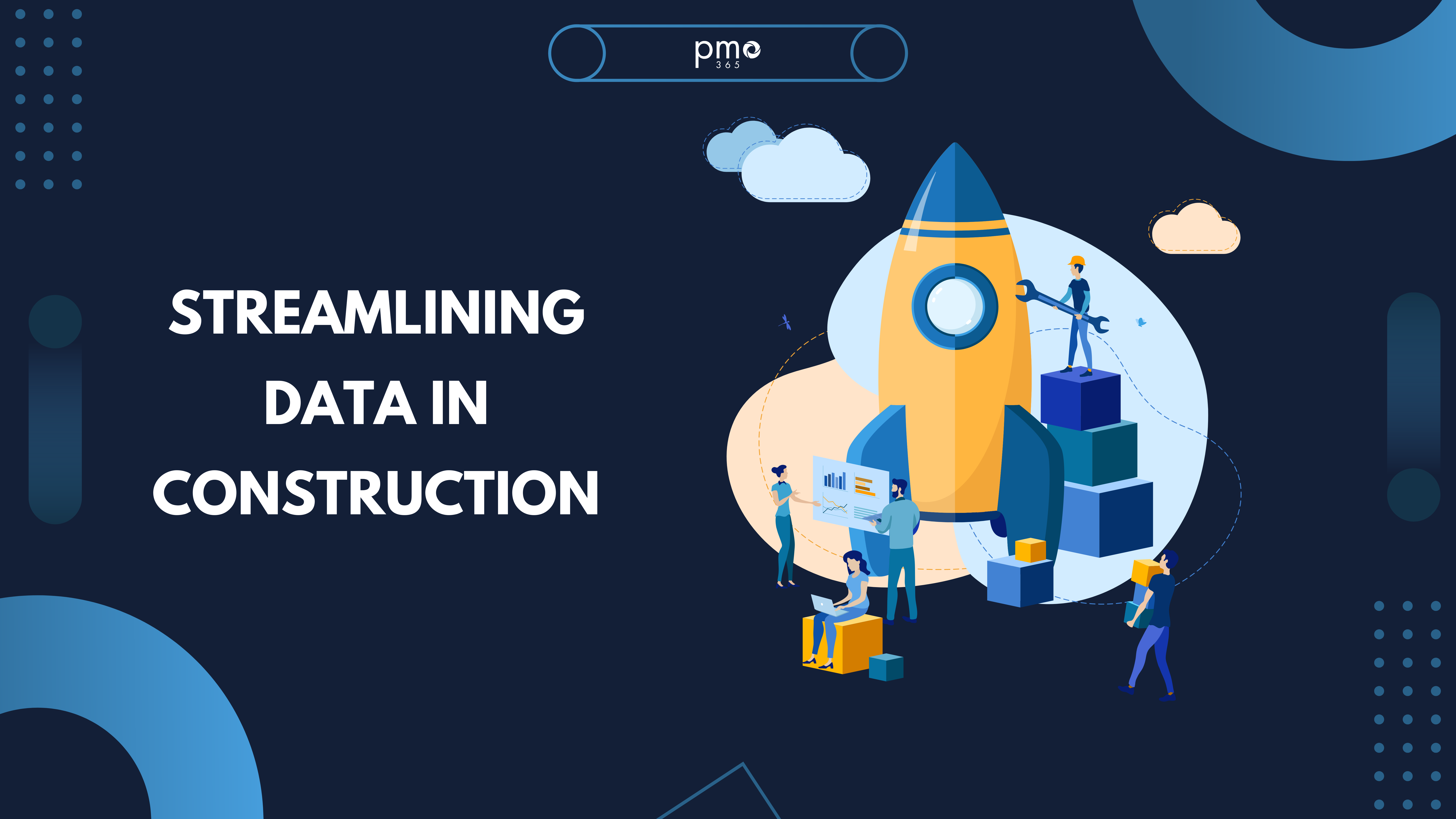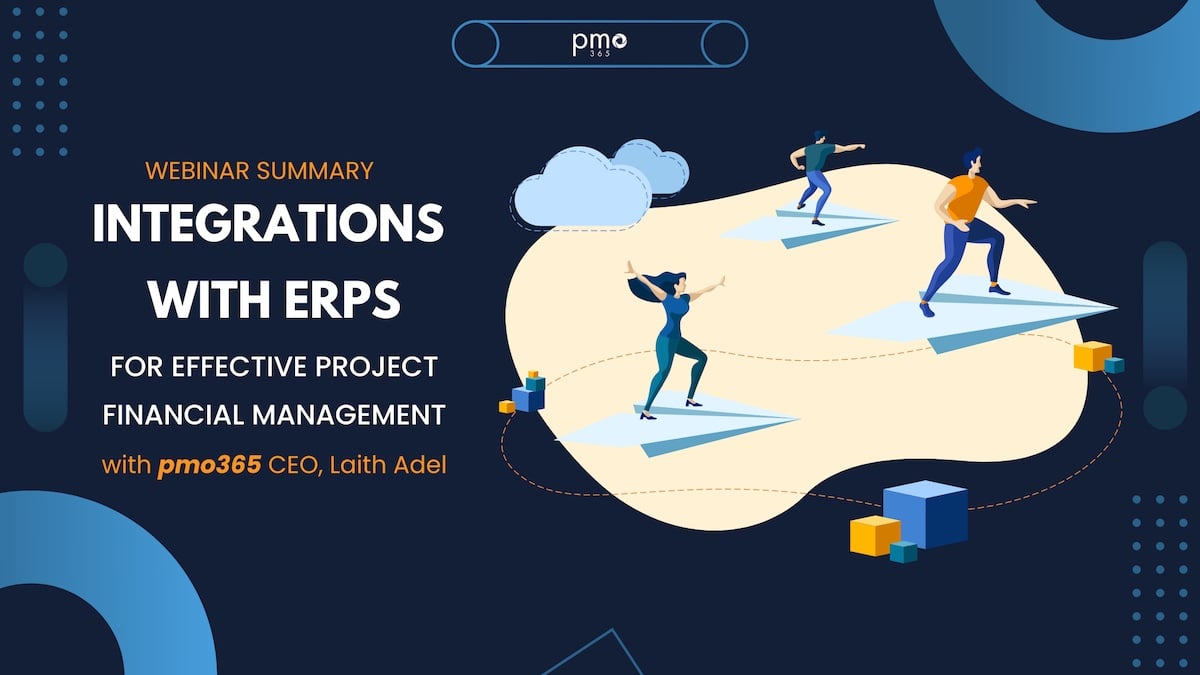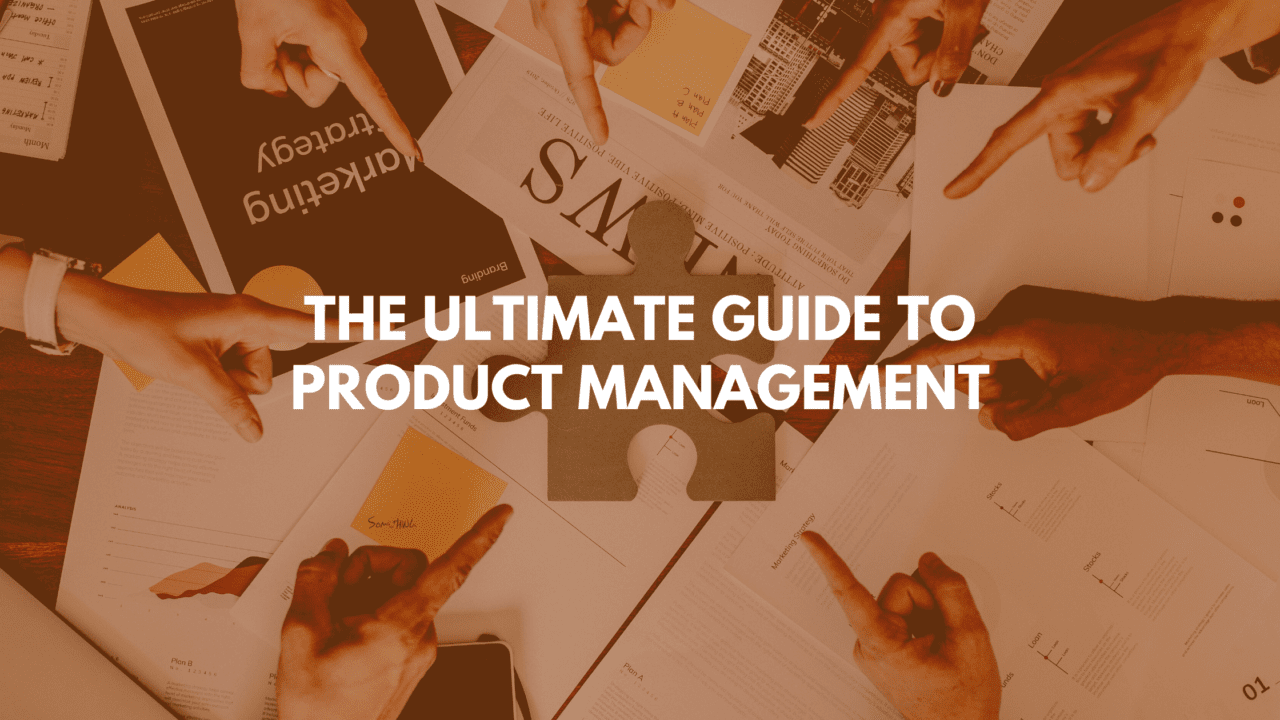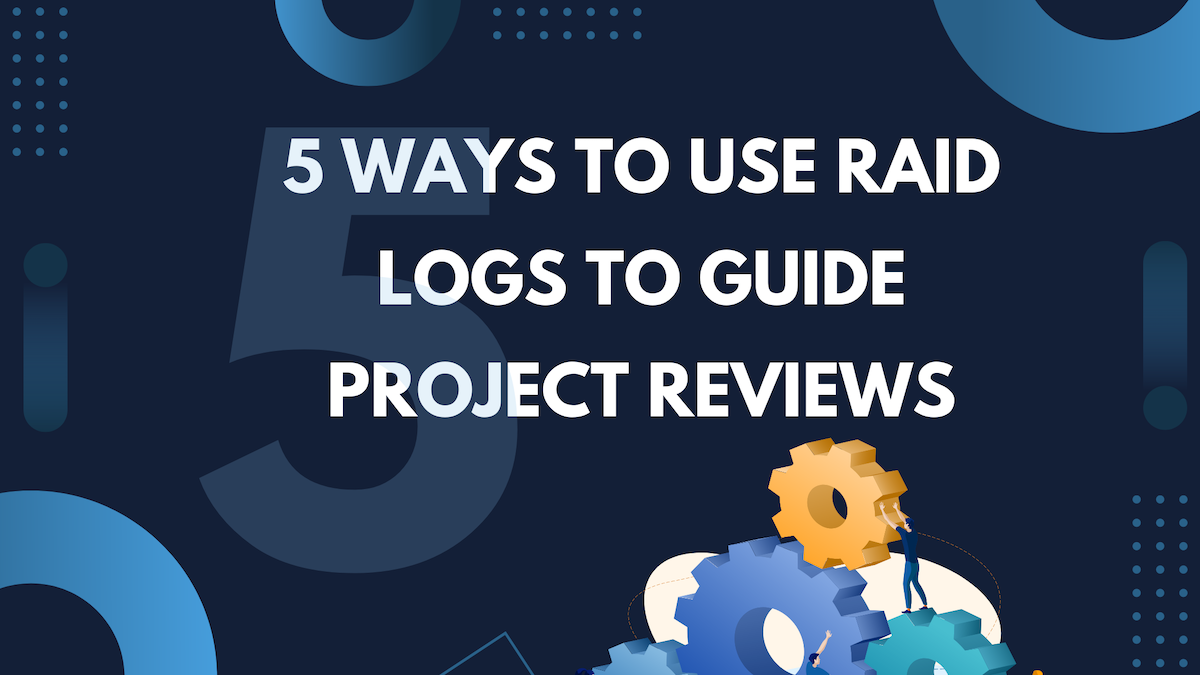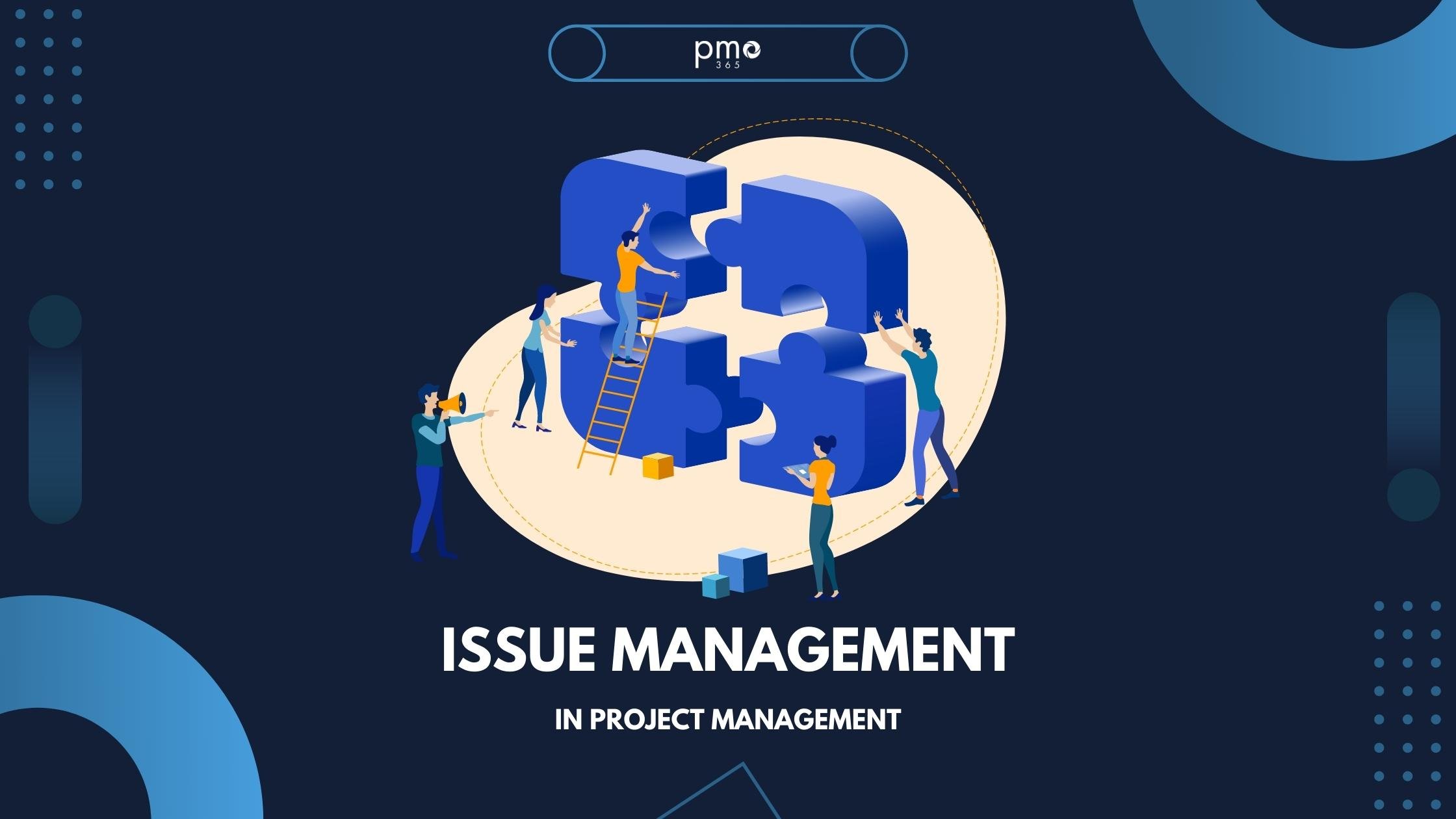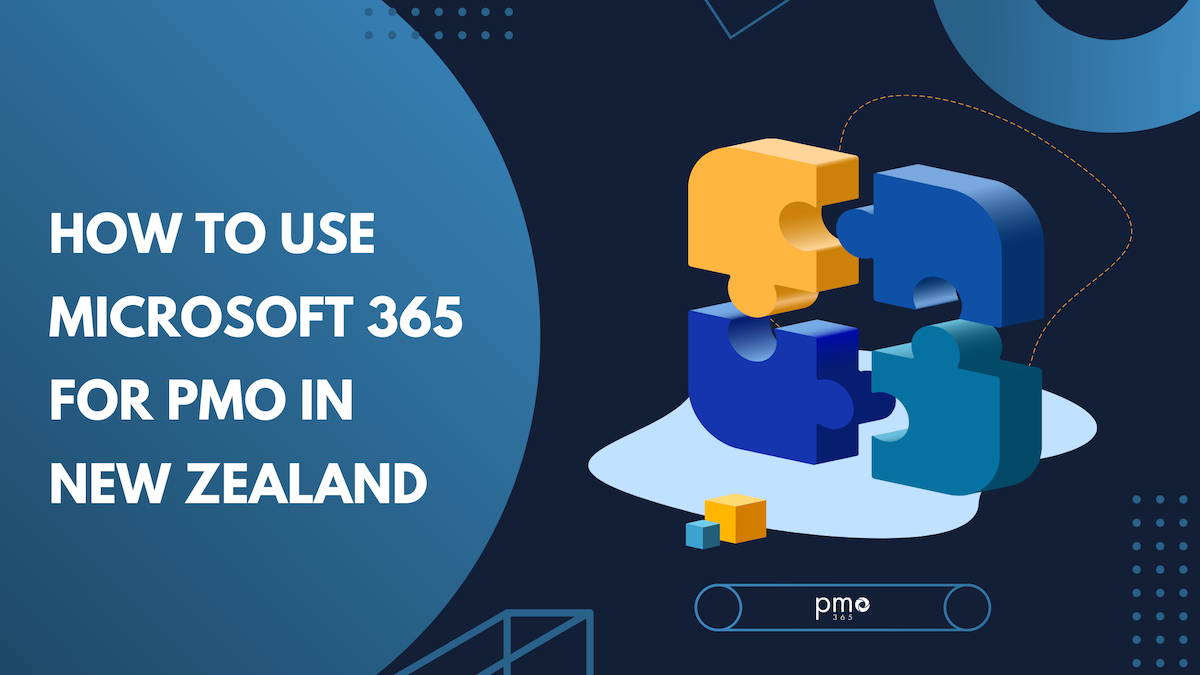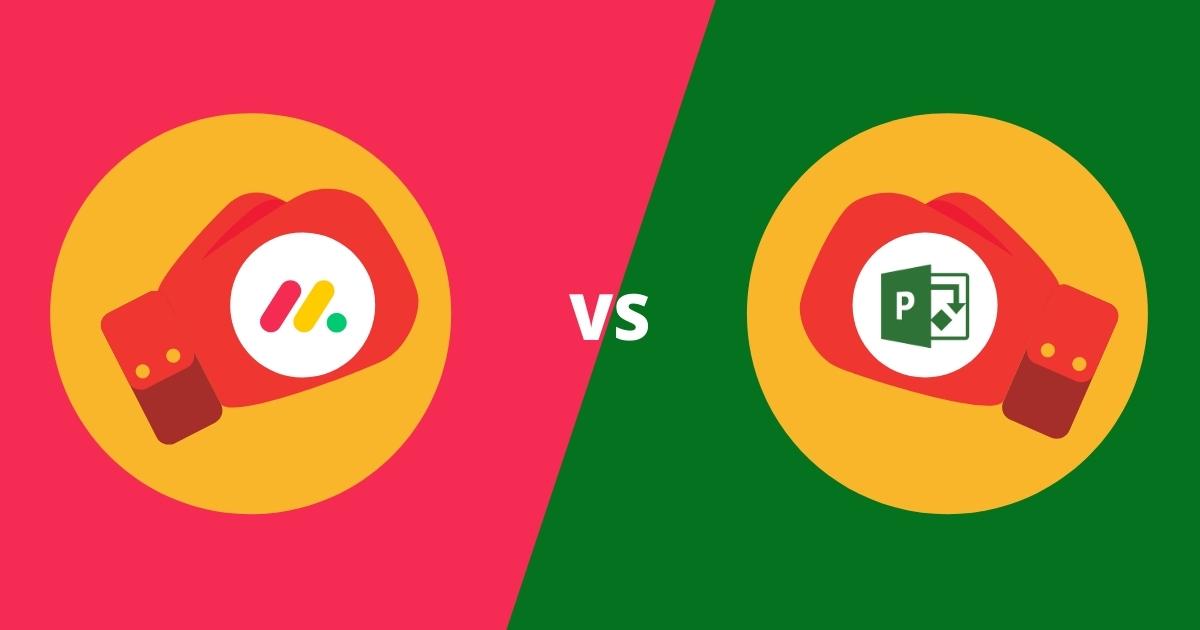Essentially, benefit management solutions help organisations describe and capture the strategic value generated by their projects. Project portfolios should not only bring in financial returns, but also other benefits that help the enterprise. These include things like enhancements to organisational processes, improvements to the internal culture, better brand recognition, or higher product quality.
A benefits management plan identifies, measures, and tracks all the benefits that project managers expect to achieve. Managers use this plan to evaluate the project’s overall success and value.
However, measuring both tangible and intangible benefits from multiple projects or portfolios quickly becomes a burden. That’s why PMOs look for a good benefits management software solution to manage large volumes of data. The solution should guide setup of benefit plans and integrate with all the data sources that identify value. Ultimately, it has the architecture to measure, categorise, and record each benefit across all projects and portfolios.
Do Benefits Management Solutions Improve Governance?
Benefit management solutions asks the project manager to identify the purpose of the project. Project managers might answer that question through a series of smaller questions that identify, quantify, and track each benefit. The answers form the basis of the project’s governance framework. From there, the project manager uses this framework to guide post-project evaluations of how and why it yields value.
Benefits management solutions assign staff members for each ‘deliverable, or completed task, or the assessment of if the project achieved each benefit. Defining project goals and responsibilities like these from the start greatly improves the chances of success and makes management roles clearly visible to all stakeholders.
So, an effective benefits management solution brings a variety of team members and departments together on a single, integrated workflow with well-established governance procedures. It also provides prioritisation tools to assist senior management in determining the most valuable projects to approve, aligning benefits with organisational goals and strategy. And, to manage potential ‘dis-benefits’, it integrates solid risk management tools and issue logs, as well as templates and data stored from past projects for easy reference.
How Benefits Management Solutions Work
Project managers best achieve accurate benefit identification at the initiation stage using a business case. The business case lays out benefit descriptions, observations, attributions, and methods of measurement. Benefit descriptions have four categories:
- Direct monetary benefits: benefits which can be quantified and valued in financial terms
- Direct non-monetary benefits: intangible benefits that project managers can identify, but are not easily quantified
- Indirect benefits: intangible benefits which project managers can identify, but are not easily quantified
- ‘Dis-benefits’: potential negative effects from the intended change
The business case also includes the categorisation of each benefit, and observations of the differences that should be apparent pre-and-post project delivery. When multiple projects are dependent on each other to produce benefits, project managers can create a program of projects. Business cases are particularly helpful for defining the attribution of a project (how a project contributes to overarching program goals) and designing metrics to show how each benefit delivers value.
Also, during the development of the business case, the project manager can allocate the roles of senior benefit manager and operation benefit manager. Senior benefit managers ensure they achieve the identified benefits, whereas operational benefit managers are responsible for measuring and managing the activities that contribute to the realisation of the benefit. Read more about which benefit management practises to avoid here.
The Value of Post-Project Reviews in Benefits Management
Post Project Reviews (PPR) are an invaluable component of Benefits Management. They act as both an evaluation tool, and a guide for future projects and programs. The PPR’s accuracy and specificity is enhanced by the strength of the original business case. It makes baseline comparisons with data in the business case to show benefit yield and project successes.
However, as the benefits of projects can take years to accrue, it is essential that benefits management solutions continue to track performance right through to the end of the project’s lifecycle and beyond. By the time the final report is compiled, project managers should be able to supply a reliable assessment of the project’s return on investment, its net benefit yield, and a list of management suggestions to improve future yields.
The Inbuilt Benefits Realisation Plan
pmo365 is a comprehensive project portfolio management solution which deploys to your Microsoft 365 cloud. One of its many features is a Benefits Management app with an inbuilt Benefit Realisation Plan.
The Benefit Realisation Plan (BRP) identifies major milestones for each benefit case, which are reported on the Senior Benefits Manager’s dashboard. The BRP tracks each potential benefit’s progress and creates notifications for any new or ongoing issues which need to be addressed. It also reviews the prioritisation of identified benefits regularly and re-evaluates benefit hierarchies if circumstances change. pmo365 ensures that all project benefits and governance roles are well documented from start to finish, with real-time data providing instantaneous updates during progress across all projects and portfolios.
pmo365’s user friendly tools and dashboards allow managers to closely align benefit profiles with enterprise goals and strategy. The solution assists managers to create detailed business plans, and powerful metrics provided by Microsoft’s Power BI track quantifiable benefits from initiation right through to Post Project Review.
Ultimately, pmo365 shifts your focus – from chasing down reports scattered across the enterprise, to the creation of well-defined and strategic benefit realisation plans that optimise project and portfolio value and inform the planning of each new venture.
To see how pmo365 can improve your benefits management, book a demo today.
pmo365 : The Project Management Office on your Microsoft 365 cloud.


